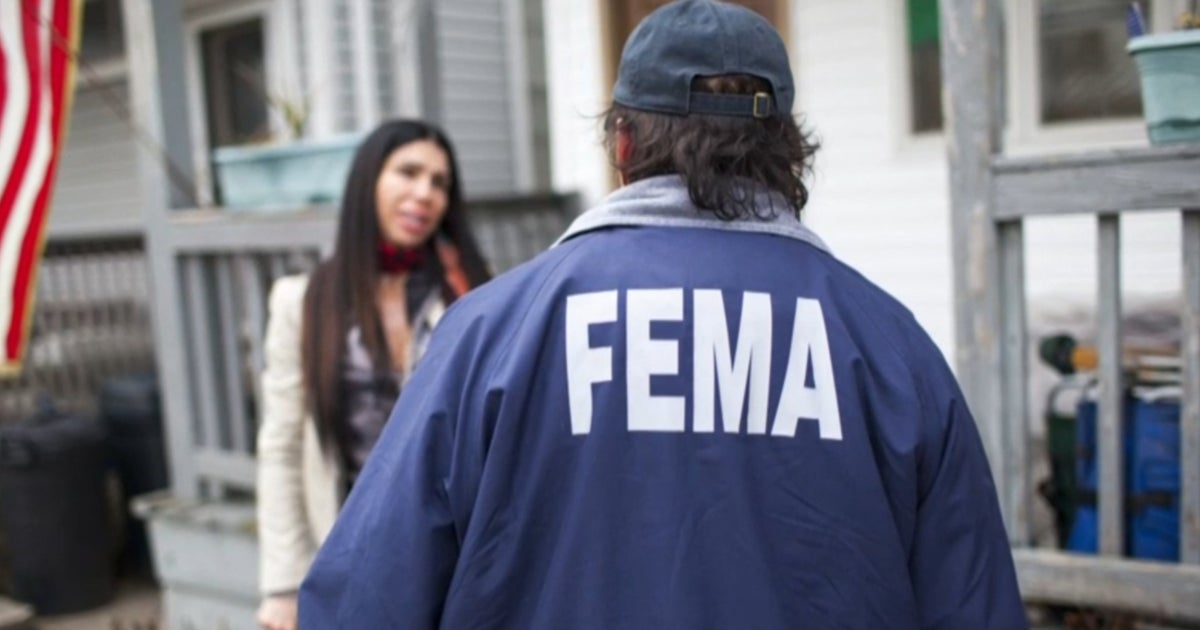Unpacking the Unpreparedness: Is FEMA Ready for the Upcoming Hurricane Season?
A recent internal review has exposed critical gaps in the Federal Emergency Management Agency’s (FEMA) preparedness for the 2024 hurricane season, sparking concerns about its ability to respond to increasingly severe weather events. With the Atlantic hurricane season beginning June 1, experts warn that understaffing, supply chain delays, and outdated risk models could hamper disaster response efforts for millions of Americans in vulnerable regions.
Alarming Findings from FEMA’s Internal Review
The agency’s self-assessment, obtained by journalists last week, reveals three major vulnerabilities:
- Personnel shortages: 12% of key response positions remain unfilled
- Supply chain issues: 35% of emergency stockpiles are below target levels
- Outdated forecasting: Risk models haven’t been updated since 2019
“These findings should set off alarm bells,” said Dr. Elena Rodriguez, a disaster preparedness expert at Columbia University. “We’re facing a potential worst-case scenario where Category 4 and 5 hurricanes are becoming the new normal, but our response systems haven’t kept pace with this reality.”
The Climate Change Factor
Scientific data underscores the urgency of these concerns. The National Oceanic and Atmospheric Administration (NOAA) predicts:
- 17-25 named storms this season (30% above average)
- 8-13 hurricanes (compared to the 7.2 average)
- 4-7 major hurricanes (Category 3+)
Rising sea surface temperatures, currently 1.5°F above normal in the Atlantic, provide the fuel for more intense storms. Meanwhile, FEMA’s budget for disaster response has remained flat at $28.7 billion since 2022 despite inflation and increased frequency of events.
Regional Vulnerabilities and Response Challenges
Particular concerns focus on:
- Florida: 3 million new coastal residents since 2020
- Texas: Aging infrastructure in Houston’s flood zones
- Puerto Rico: Still recovering from 2017’s Hurricane Maria
“We’re playing catch-up before the first storm even forms,” admitted a FEMA regional director who spoke anonymously. “Between workforce attrition and competing disasters, we’re stretched thinner than we’ve ever been.”
Contrasting Perspectives on Preparedness
While critics sound alarms, FEMA Administrator Deanne Criswell maintains the agency is ready: “We’ve prepositioned supplies in strategic locations and streamlined our deployment protocols. Our teams train year-round for these scenarios.”
However, former FEMA Deputy Administrator Richard Serino countered: “Training doesn’t replace manpower. When simultaneous disasters hit—which they increasingly do—the math simply doesn’t work.”
Innovations and Adaptations in Progress
The agency is implementing several improvements:
- New AI-powered damage assessment tools
- Partnerships with ride-share companies for evacuations
- Pilot programs for modular temporary housing
Yet these initiatives remain in early stages. Only 40% of field staff have completed training on the new assessment system, and the housing program currently has capacity for just 5,000 families nationwide.
What This Means for At-Risk Communities
Experts advise residents in hurricane-prone areas to:
- Verify evacuation routes (many haven’t been updated since 2020)
- Prepare 14 days of supplies instead of the standard 7-day recommendation
- Develop contingency plans for power and communication outages
“The reality is that during the first 72 hours after a major disaster, you might be on your own,” warned emergency management consultant Carlos Rivera. “That window appears to be growing longer based on current resource constraints.”
The Path Forward: Policy and Preparation
Congress is considering several measures to address the shortfalls:
- A $4.3 billion supplemental funding package
- Modernization of the Stafford Act
- Creation of a federal disaster response reserve corps
With the hurricane season’s peak (August-October) fast approaching, the clock is ticking. As climate change reshapes disaster preparedness calculus, this season may serve as a crucial test of whether reforms can outpace escalating threats.
Stay informed about your local emergency plans and consider attending community preparedness workshops in your area. The time to prepare is now—before the next storm appears on the horizon.
See more Your Daily Weather



